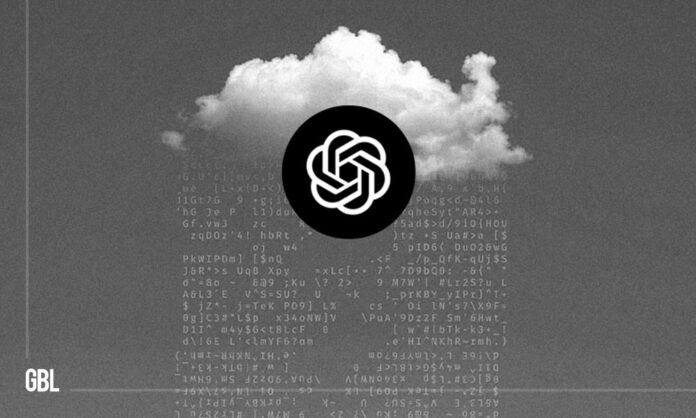Key Highlights
- Cloud computing allows users to access and use resources such as servers, storage, and applications over the internet without physical infrastructure.
- By utilizing cloud computing services, organizations can leverage remote servers’ processing power and storage capacity to run ChatGPT and other applications without incurring the high costs associated with on-premise infrastructure.
Integrating ChatGPT into cloud-based workflows can unlock a range of new opportunities. Here are some examples of how it can be used in cloud computing.
By incorporating ChatGPT into cloud-based workflows, users can take advantage of various opportunities beyond text generation. The AI-powered chatbot can automatically write code and identify and correct errors in code, making it a valuable tool for developers. Integrating it into cloud-based infrastructure also enables automated code testing and debugging. Another potential use case is for generating text automatically.
For instance, ChatGPT is currently being employed by real estate agents to create descriptions for new property listings. Similarly, e-commerce businesses could utilize the technology to automatically generate product descriptions when adding new items to their inventory.
Ways To Use ChatGPT On Cloud Computing
Below are 5 ways to utilize ChatGPT:
1. Human-like Interactions
It can assist customers with complex issues and communicate with various processes, making it a useful training tool for new hires, especially in customer service.
2. Personalization
Brands can benefit from ChatGPT’s ability to create real-time personalized content based on customer profiles and preferences, resulting in a more individualized user experience.
3. Summarization
It can analyze large amounts of text or datasets and produce summaries, helping employees summarize email threads, meeting notes, and customer service requests.
4. Research Assistance
ChatGPT can be used as a research tool or asked questions to assist with research, providing an additional source of information beyond Google and Wikipedia.
5. Text Generation
It can write code, generate product descriptions, and even fix code bugs, providing an automated solution for several cloud-based workflows.




